Global stock markets don’t know where to go as Fed report uses the word ‘uncertainty’ 80 times
U.S. stock indexes closed up yesterday following news that the Trump administration would compromise on some aspects of its tariff agenda. But trading in Asia and Europe was mixed this morning.

- Investors are struggling to figure out how to deal with the uncertainty of the Trump administration’s ever-changing tariff policies. U.S. stock indexes closed up yesterday following news that it would compromise on some aspects of its tariff agenda. But trading in Asia and Europe was mixed this morning, and futures contracts for the S&P 500 are trending down pre-market. The most recent Fed Beige Book mentioned the word “uncertainty” 80 times—more than during the COVID pandemic.
U.S. stock indexes had a good day on Wednesday: The S&P 500 was up 1.67%. The Nasdaq Composite rose 2.5%. The Dow was up 1%. Trump Media & Technology Group had a particularly good day—up 11.54%. But Asia and Europe decided this morning they aren’t joining the party.
Here’s a snapshot of today’s trading:
- In Asia this morning, the Nikkei 225 in Japan rose 0.5% but the Chinese indexes spent another day going sideways.
- European markets took a step down in early trading with the Stoxx Europe 600 off 0.6% and the U.K.’s FTSE 100 sinking 0.3%.
- U.S. futures in the S&P were down 0.7% this morning, pre-open.
The equities markets are struggling to figure out a solid direction because of one thing: uncertainty. That sounds trite but the most recent edition of the U.S. Federal Reserve’s Beige Book—its periodic sampling of anecdotal data from regional U.S. companies—contained the word “uncertainty” 80 times.
That was “more than twice the references during the pandemic or the global financial crisis. Erratic policies are having an economic impact, and that seems to have penetrated partisan media bubbles. ‘Tariff’ was mentioned 107 times,” UBS analyst Paul Donovan told clients in a note this morning.
At Wells Fargo, Senior Global Market Strategist Scott Wren was singing from the same hymn sheet. “With the pace of change on the tariff and geopolitical fronts moving fast and sometimes adjusting on a day-to-day basis, investors are wondering what they might do to help navigate the uncertainties. We are assuming that these uncertainties will be in play for the next few months if not longer,” he told clients.
“We are also assuming that the Federal Reserve will cut interest rates three times this year if growth slows and the unemployment rate ticks higher as we expect. We believe the yield on the 10-year Treasury note will end the year in the 4% to 4.5% range.”
This story was originally featured on Fortune.com










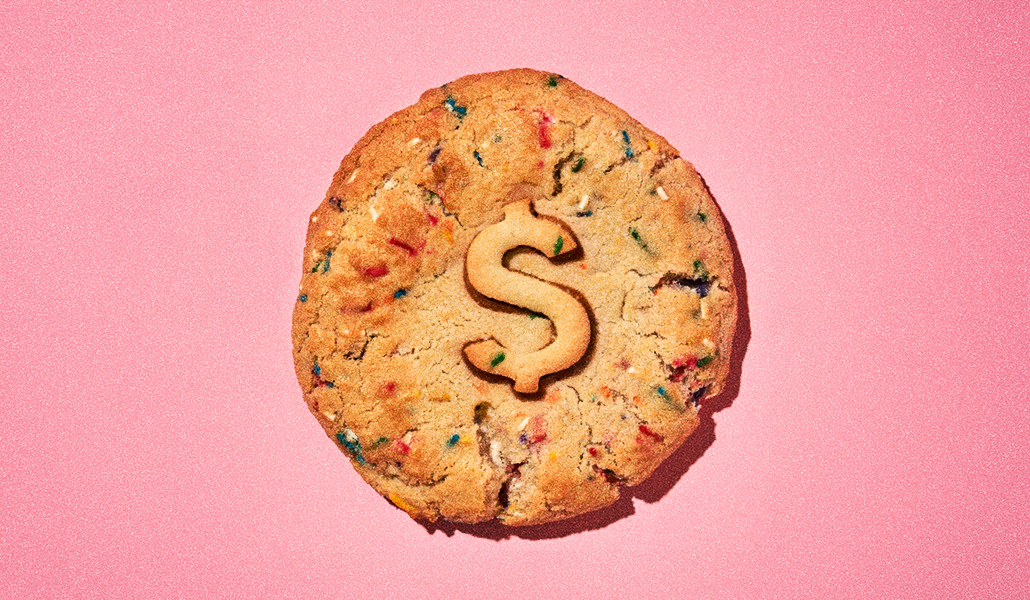













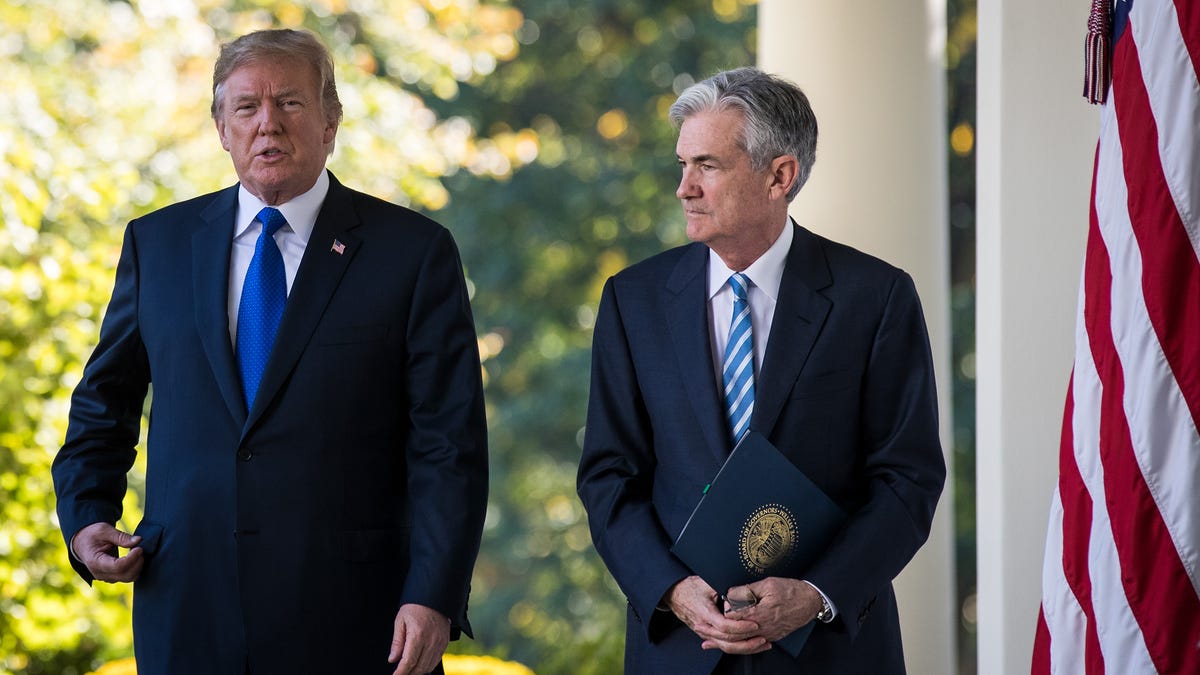







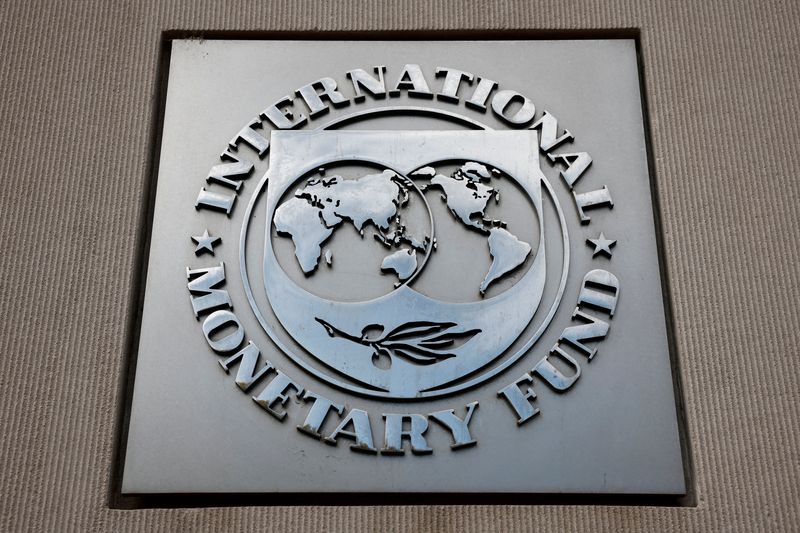

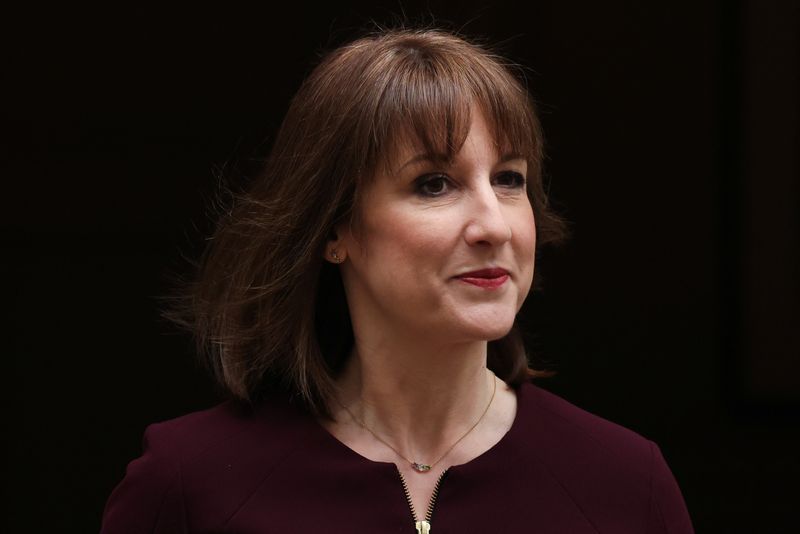














































































































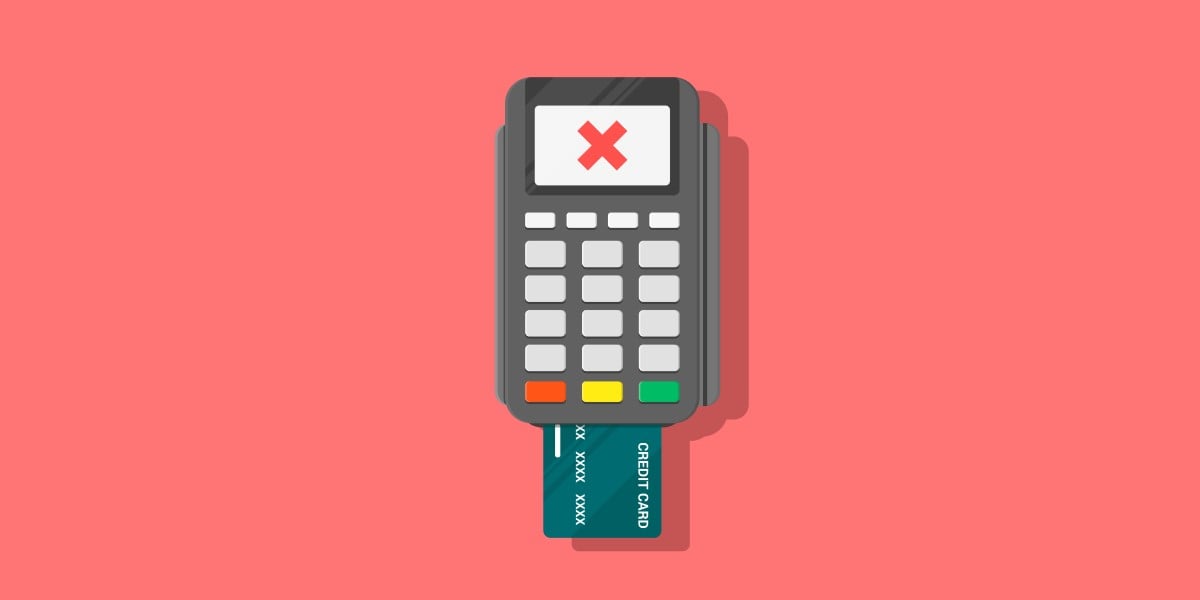


































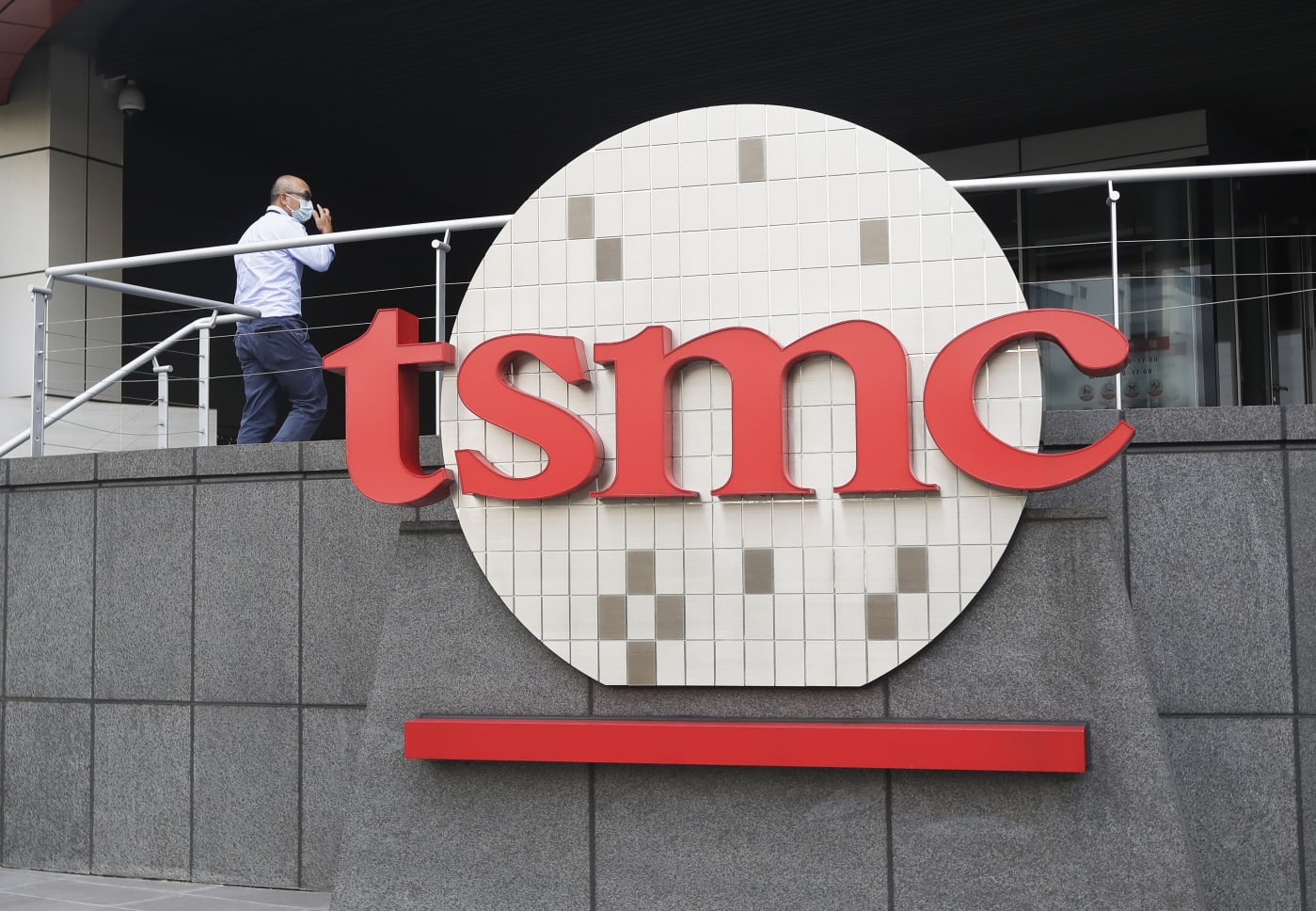












![How to Find Low-Competition Keywords with Semrush [Super Easy]](https://static.semrush.com/blog/uploads/media/73/62/7362f16fb9e460b6d58ccc09b4a048b6/how-to-find-low-competition-keywords-sm.png)
